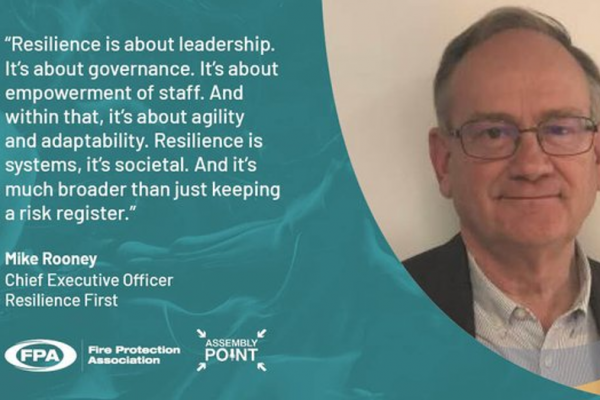Resilience at the micro- or city-level has become a prominent policy objective. However, people who are given the leadership role of implementing resilience have few baselines to refer to because of a lack of agreement and standardisation on what resilience is and how it should be done.
Hence, a new British Standard/Guide on city resilience (BS 67000:2019) was launched last month. It is claimed to be the world’s first standard on how to build a more resilient city. The standard is based on the UNISDR’s Ten Essentials, the Rockefeller 100 Resilient Cities programme, and on real-life lessons learned. Best practice was fed in from across the globe to make this the most thorough and practical document on city resilience anywhere in the world.
This standard provides practical guidance and tools for increasing the resilience of cities. It builds on a growing body of guidance on this evolving subject and draws on global best practice as well as the expert knowledge and experience of 200 senior city stakeholders. It defines key concepts and terms and sets out a general framework to assist in the development of local resilience strategies and plans. The goals are to:
- Engage and motivate city, community and business leaders to address resilience and provide the necessary conditions for success.
- Improve situational awareness over the short, medium and long term, and internal resilience.
- Support and build deeper, broader and more integrated capacity in the city.
- Prioritize and strengthen capital investment decisions.
- Recognize and prepare for changing demographic, technological, physical and economic needs.
The standard aims to move cities away from a reactive, response-focused strategy and ultimately towards a foresight model where resilience is seen as a means of exploiting opportunities and anticipating future changes which allow sustained economic competitiveness. Cities with robust resilience can expect to experience:
- Increased preparedness and agility in face of change and disruption.
- Increased attractiveness to people and business.
- Increased competitiveness against other cities.
- Improved community cohesion.
- Improved quality of life.
- Increased financial stability.
- Improved integration, collaboration and shared benefits for city stakeholders.
City resilience is not just about absorbing blows; it’s also about developing a proactive approach that enables cities to not only survive shocks and stresses but also thrive in the face of these uncertainties.
For further reading, please visit our Knowledge Hub.



